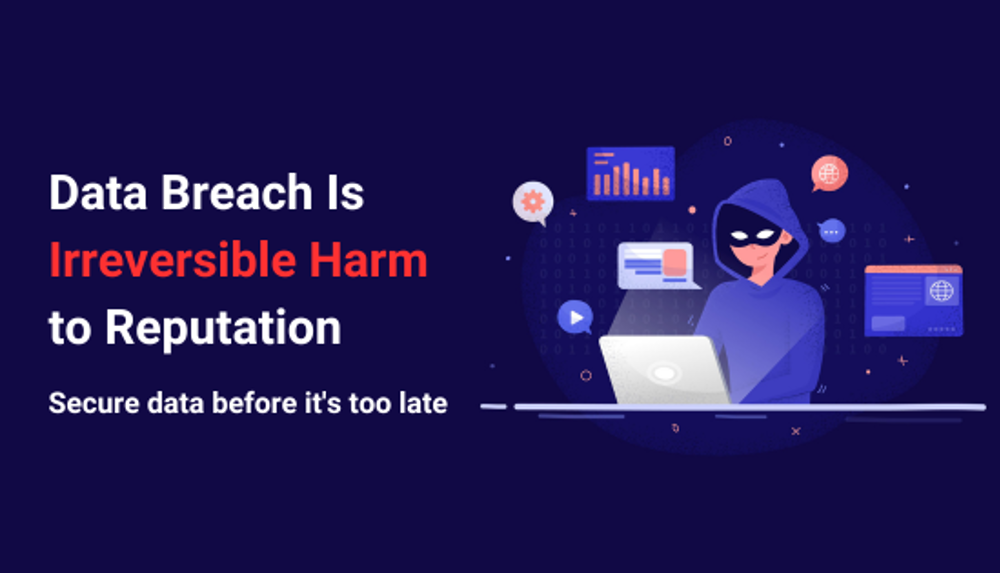Cyber threats to healthcare organizations have grown exponentially in the last few years. Why are hackers focusing on healthcare as a place to hack? With the proliferation of technologies like IoT and Cloud Computing, alongside practices such as distributed data storage and reliance on public networks, the vulnerability to security threats has surged.
Cyber attacks are causing major financial damage as health systems struggle to mitigate the costs of data breaches. The mounting cost of an average medical data breach has become a nightmare, eroding the trust patients place in institutions. Robust cybersecurity in the healthcare sector serves not only organizational efficiency but also safeguards the public’s trust and integrity.
This article delves into the realm of healthcare cybersecurity, encompassing the spectrum of threats, notable breaches, and offering essential guidelines for enhancing security. Whether propelled by malice or intent, cybersecurity threats dismantle digital progress, yielding severe financial loss and irreversible harm to reputation.
Two most risky cyber threats for health data
- Ransomware: This perilous adversary can wreak havoc by encrypting vital patient data, leading to disrupted healthcare services and potential life-threatening delays.
- Phishing: Deceptive emails are the weapon of choice here, aiming to dupe healthcare staff into revealing sensitive data. Successful phishing can open the door to unauthorized access and grave data breaches.
Growing Costs of Healthcare Breaches
Healthcare data breaches have once again claimed the top spot for costliness, marking a remarkable 13-year trend. The average cost has surged to $10.93 million, indicating a substantial 53.3% increase over the past three years and a notable 8.22% rise compared to the $10.10 million average breach cost recorded in 2022.
According to the HIPPA journal, data breaches encompass both resolved cases and those currently undergoing investigation by the Office for Civil Rights (OCR) for potential HIPAA violations. Between October 21, 2009, and December 31, 2022, a total of 5,150 data breaches were reported to OCR, with 882 cases still pending investigation as of the close of 2022. The statistics presented in this report are derived from data obtained from the HHS’ Office for Civil Rights as of March 20, 2023.
Top 3 worst-hit healthcare data breaches
- Pfizer: This pharma giant was hit by a cyber attack, resulting in the theft and illicit online publication of COVID-19 vaccine data in December 2020. While the breach didn’t substantially impair Pfizer or the vaccine approval process, it sparked global concern due to the pandemic’s urgency and Pfizer’s pioneering vaccine efforts.
- Managed Care of North America: This dental insurance giant, was hit with the largest breach of health data in 2023, and it surpasses any breach in 2022 as well. The breach affected more than 8.8 million Americans, according to HHS. In a public statement, the dental insurer said that the intruders gained access to information such as full names, social security numbers, insurance information, driver’s license numbers, government identification numbers and dental and orthodontic care information.
- PharMerica Corporation: This pharmacy service provider said in a statement that it was hit with a cyber attack in March 2023. The breach has affected more than 5.8 million Americans, the health department says. The company said an unknown third party accessed its database between March 12 and March 13, and the company and its parent company, learned of the suspicious activity on March 14. Later that month, the company determined the criminals may have taken data including names, social security numbers, medication information and health insurance information.
Reducing Hacking Risks in Healthcare
Healthcare organizations face persistent threats of hacking and data breaches. To safeguard sensitive patient information and maintain trust, they should adopt proactive measures:
- Strong Email Security Solutions: Implement robust email security systems capable of detecting and blocking phishing attempts and malicious attachments. Regularly update and patch email servers to address vulnerabilities.
- Endpoint Security: Employ endpoint security solutions to protect devices and networks from viruses and malware attacks. Keep all devices, including medical equipment, up to date with the latest security patches.
- Empower the staff: Train employees at all levels in cybersecurity best practices, emphasizing the importance of recognizing and reporting suspicious emails or activities. All employees need to have a sense of urgency about the impact of cyber threats and practice good cyber hygiene.
- Access Controls: Implement strict access controls and least privilege principles. Limit access to sensitive patient data to only those who require it for their roles.
- Regular Software Updates: Keep all software, including operating systems, applications, and security software, updated with the latest patches and security fixes to address known vulnerabilities.
- Data Encryption: Encrypt sensitive data both at rest and in transit to add an additional layer of protection against unauthorized access.
- Compliance and Auditing: Comply with healthcare regulations like HIPAA and conduct regular security audits to identify and rectify vulnerabilities and non-compliance issues.
By adopting these measures, healthcare organizations can significantly reduce the risk of hacking and data breaches, safeguarding patient data and maintaining trust in their services.






